Ever felt like a room just didn’t click, despite having all the right furniture? Lighting could be the missing link. It’s intriguing how some ceiling lamps set the perfect tone while others fall short, isn’t it? You’re about to find out how to pick the ideal lamp that complements your decor and enhances the atmosphere. With practical tips on selection and maintenance, you’ll soon have your spaces glowing just right. Curious about making your rooms shine? You've come to the right place!
What Types of Ceiling Lamps Are Out There?
Ceiling lamps come in a wide variety of styles, each uniquely suited to light up and enhance your living space. Here’s a breakdown of some popular types and their ideal uses:
- Chandeliers: Ceiling lamps like chandeliers make a bold statement with their intricate designs and multiple lights. They're ideal for creating a luxurious focal point in spaces such as dining rooms or grand entryways.
- Pendant Lights: Pendant ceiling lamps offer versatility and come in various styles and sizes, making them perfect for focused lighting over kitchen islands or dining tables. Their designs can match both modern and traditional settings.
- Flush Mounts and Semi-Flush Mounts: These ceiling lamps provide clean lines and minimalist elegance, ideal for rooms with lower ceilings. Flush mounts sit close to the ceiling, while semi-flush mounts hang slightly lower, adding dimension without overwhelming the space.
|
Ceiling Lamp Type |
Ideal Uses |
|
Chandeliers |
● Best for creating a bold and luxurious focal point. ● Ideal for dining rooms or grand entryways where you want elegance and impact. |
|
Pendant Lights |
● Perfect for targeted lighting over kitchen islands or dining tables. ● Suitable for both modern and traditional settings due to their variety in style and size. |
|
Flush Mounts |
● Excellent for rooms with low ceilings where space is limited. ● Offers clean lines and blends well with minimalist or unobtrusive decor themes. |
|
Semi-Flush Mounts |
● Great for adding a bit more dimension than flush mounts while still being suitable for low ceilings. ● Works well in hallways, bedrooms, or other spaces needing subtle yet stylish lighting. |

How to Choose the Right Ceiling Lamps for Your Space
Selecting the perfect ceiling lamp involves more than just picking a style you like; it's about ensuring harmony with your existing decor. Here are some design tips to help you make the right choice:
1. Consider Your Color Scheme and Materials
Begin by assessing the color palette and materials present in your room. If your decor features warm wood tones and earthy hues, consider ceiling lamps with finishes such as bronze, copper, or warm brass to create a harmonious look. Conversely, if your space showcases modern elements with sleek lines and neutral colors, opt for fixtures made of chrome, brushed nickel, or clear glass. This attention to detail ensures that the lamp complements the overall aesthetic rather than clashes with it.
2. Match the Theme of Your Space
Let the overall theme of your room guide your selection. Whether your decor leans towards industrial, vintage, or contemporary, there are ceiling lamp styles available to suit each theme. For instance, industrial spaces may benefit from exposed bulb fixtures or metal designs, while vintage-inspired rooms can be enhanced with ornate chandeliers or retro pendant lights. Choosing a fixture that aligns with your room's character will enhance its unique ambiance.
3. Pay Attention to Proportion and Placement
The size of the ceiling lamp should be proportional to the dimensions of the room. A large chandelier can serve as a stunning focal point in a spacious dining area but may overwhelm a small bedroom if not scaled appropriately. Conversely, small pendant lights or flush mounts work well in tighter spaces where larger fixtures would feel out of place. As a general guideline, aim for a lamp that occupies about one-third to one-half of the available ceiling height for optimal proportion.
4. Consider the Height and Architecture
The hanging height of your lamp significantly impacts the room's dynamics. Chandeliers and pendant lights should be hung low enough to create an intimate atmosphere—generally around 30-36 inches above dining tables—but not so low that they obstruct views or movement within the space. Additionally, consider the architectural features of your room; placing a lamp centrally can draw attention to high ceilings or highlight specific areas, creating a balanced and harmonious design throughout.

Shop Our Premium Lighting Collection
Explore our hand-selected bestsellers featuring crystal chandliers, pendant lights, wall scones and authentic alabaster stone:
How Can Ceiling Lamps Change Your Room’s Feel?
Ceiling lamps do more than just light up a space—they can truly transform its mood and style. Here’s how you can use them to enhance your home:
Pick Warm or Cool Light:
The color temperature of a light, measured in Kelvins (K), plays a crucial role in setting the mood of a room. Warm light typically ranges from 2700K to 3000K and has a soft, yellowish glow that creates a cozy, inviting atmosphere, making it ideal for spaces like living rooms and bedrooms where you want to relax and unwind. On the other hand, cool light ranges from 3500K to 5000K and offers a bright, blue-white tone that feels crisp and energizing, which is perfect for kitchens, bathrooms, and workspaces where clarity and focus are essential.
See How Light Changes Mood and Focus:
Warm lighting, because of its association with comfort and relaxation, is great for creating a soothing environment that encourages rest and tranquility. Cool lighting enhances alertness and concentration, making it suitable for areas where tasks are performed and productivity is important, such as home offices or study areas.
Use Ceiling Lamps to Add Style:
Modern fixtures often incorporate unique materials like blown glass, sculptural metals, or intricate woodwork, allowing them to double as art pieces. A sleek, minimalist pendant can add a contemporary touch, while a vintage-inspired chandelier might bring elegance and charm. Choosing a design that matches your personal style can make your lighting fixture a focal point in any room.

How to Install Ceiling Lamps: Step-by-Step Process
Step 1: Take Down the Old Fixture and Disconnect the Wires
If you are replacing an existing lamp, carefully unscrew it from the ceiling while supporting its weight with one hand. Disconnect the wires by noting their configuration (black, white, and ground) for easy reconnection later.
Step 2: Check that the Electrical Box is Secure and Intact
Ensure that the electrical box is securely mounted and in good condition. If it’s damaged or loose, replace it with a new one rated for your fixture.
Step 3: Put Together the New Fixture Using Instructions
Follow the manufacturer’s instructions to assemble your new ceiling lamp. This may include attaching mounting brackets or threading wires through the canopy.
Step 4: Correctly Match and Connect the Wires
Match and connect the wires from your new fixture to those in the ceiling:
- Black wire (live) to black wire
- White wire (neutral) to white wire
- Green or bare copper wire (ground) to ground wire
Use wire connectors to secure these connections and wrap electrical tape around them for added safety.
Step 5: Attach the Fixture Securely to the Ceiling
Attach your new lamp to the ceiling using the provided mounting screws, ensuring it sits flush against the ceiling. For larger fixtures, having a second person assist can help hold it in place while you secure it.
Step 6: Turn On Power and Test the Lamp
Once everything is securely in place, turn on the power at the circuit breaker and test your new lamp to ensure it functions correctly. Make any necessary adjustments if needed.

Wondering How to Keep Your Ceiling Lamps in Top Shape?
Want to know how to keep your ceiling lamps shining bright? You've come to the right place! Here’s how to ensure your lamps stay vibrant and safe:
1. Keep Them Sparkling with Regular Cleaning
To ensure your ceiling lamps always look great and work well, give them a regular clean-up. Use a soft cloth or duster to whisk away dust and dirt, and for tougher grime, opt for mild cleaning solutions—but don't forget to check the manufacturer's guidelines to avoid any damage.
- How Often: Aim to clean them at least once a month, or more often if your home tends to gather dust quickly.
- Safe Cleaning Tips: Always turn off the power before you start. For glass or crystal fixtures, a bit of glass cleaner can add extra sparkle without streaks.
2. Choose the Right Bulbs to Keep Things Cool
Stick with bulbs that match the recommended wattage specified by the manufacturer to prevent overheating—a real fire risk and a surefire way to ruin your lamp and bulb.
- Pro Tip: If you're not sure about the right wattage, check the fixture’s label or consult the manufacturer’s guide.
3. Check and Tighten Connections to Prevent Problems
Every now and then, make it a habit to inspect the electrical connections on your ceiling lamps. Loose or worn-out connections can lead to flickering lights or even shorts.
- What to Inspect: Look at wire nuts and connections for any fraying or corrosion.
- Careful Maintenance: Gently tighten any loose parts, being careful not to overdo it, as too much force can cause damage.
You Can Upgrade to LED Bulbs for Longer Life and Lower Costs
Upgrading from old incandescent or halogen bulbs to energy-efficient LED options can provide numerous benefits that enhance both your lighting experience and cost savings. Here are the specific advantages of making the switch:
1. Switch to LEDs for Longer Lasting Bulbs
LED bulbs can last between 15,000 to 50,000 hours, compared to only 1,000 hours for incandescent bulbs. This extended lifespan means you will replace bulbs far less frequently, saving you time and effort on maintenance.
2. Choose LEDs to Reduce Heat and Fire Risks
Unlike traditional bulbs that convert a significant portion of energy into heat, LEDs emit very little heat during operation. This characteristic helps to keep your fixtures cooler, reducing the risk of overheating and fire hazards. For instance, while a 60-watt incandescent bulb can reach temperatures over 200°F, an LED equivalent typically operates at around 100°F or lower.
3. Use LEDs to Save Energy and Cut Costs
LEDs use approximately 75% less energy than incandescent bulbs for the same amount of light output (measured in lumens). For example, replacing a 60-watt incandescent bulb with a 10-watt LED can save you about $75 over the bulb's lifetime based on average electricity costs. This not only lowers your energy bills but also contributes to a more environmentally friendly home.
Brighten Up Your Home with the Perfect Ceiling Lamps
Choosing the right ceiling lamps can really transform the vibe of your home. When you find styles that fit with your decor and ensure they're installed correctly, you're doing more than just adding light—you're boosting the whole feel of your space. Good lighting sets the mood, making each room feel more inviting. So, take some time to pick fixtures that show off your style and meet your needs.

FAQs About Ceiling Lamps
Q1: What is the difference between a ceiling lamp and a light?
A ceiling lamp is a type of light fixture that is specifically mounted on or suspended from the ceiling to provide illumination. "Light" is a general term that can refer to any source of illumination, including lamps, bulbs, and fixtures.
Q2: Are lamps better than ceiling lights?
Ceiling lamps are better than ceiling lights when you need to light up the whole room evenly, like in a kitchen or living room. On the other hand, lamps are better when you want softer, focused light for reading or creating a cozy feel, like in a bedroom or a cozy corner. If you need overall brightness, go for ceiling lamps; if you want adjustable and mood-setting light, choose lamps.
Q3: Why do hotels use lamps instead of ceiling lights?
Hotels often use lamps to create a warm, inviting atmosphere. Lamps allow guests to control lighting levels for various activities like reading or relaxing, offering versatility and comfort that is more personal than standard overhead lighting.
Q4: Can a lamp be on the ceiling?
Yes, ceiling lamps are designed to be installed directly onto or hanging from the ceiling, providing overhead illumination. Examples include chandeliers, pendant lights, and flush-mount fixtures.
Q5: How high should a ceiling lamp be?
For optimal lighting and aesthetics, a ceiling lamp should hang approximately 7 feet above the floor in areas with foot traffic. Over dining tables or kitchen islands, the bottom of the lamp should be around 30-36 inches above the surface to ensure adequate lighting without obstructing views.
Q6: Is it safe to leave a ceiling lamp on all night?
Generally, it is safe to leave a ceiling lamp on all night, especially if it's equipped with energy-efficient bulbs like LEDs that don’t overheat. However, always ensure that the fixture and wiring are in good condition to prevent any risk of overheating or fire hazards. Consider using a nightlight or dimmer setting to conserve energy and reduce brightness if needed.


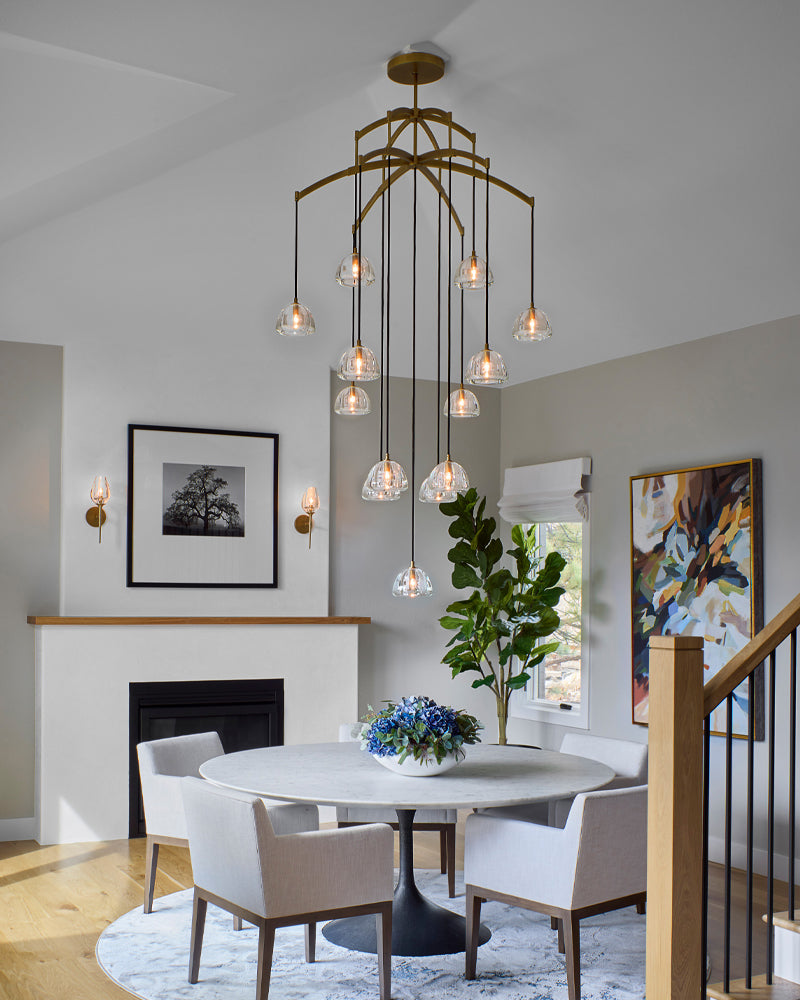
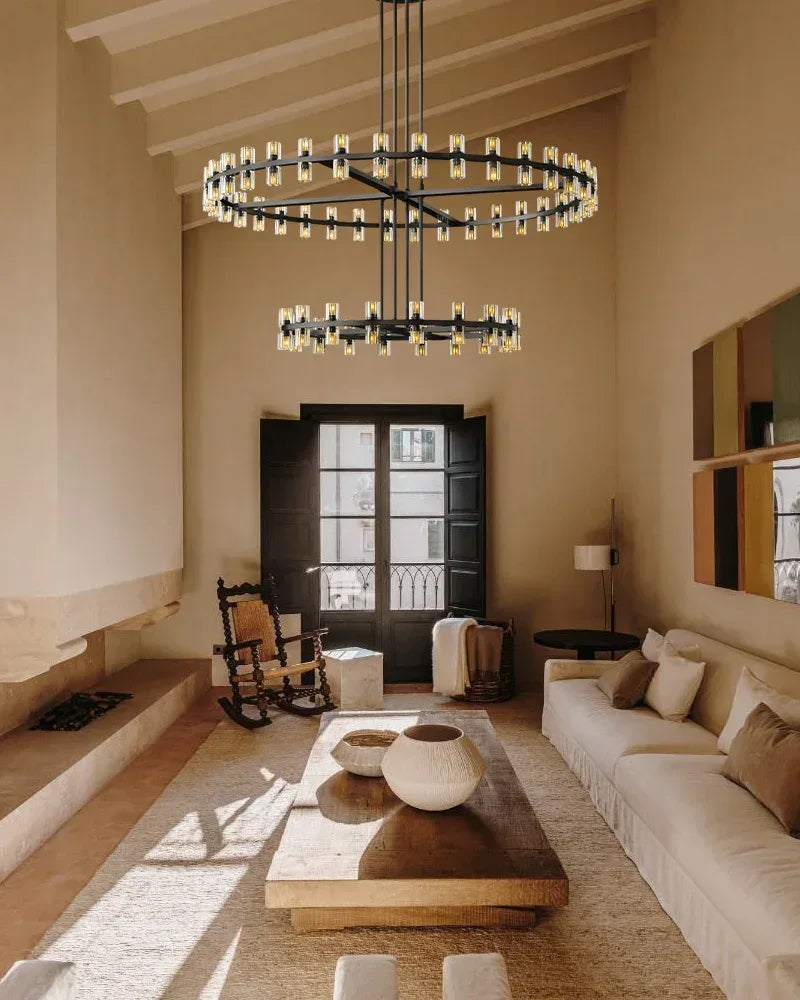
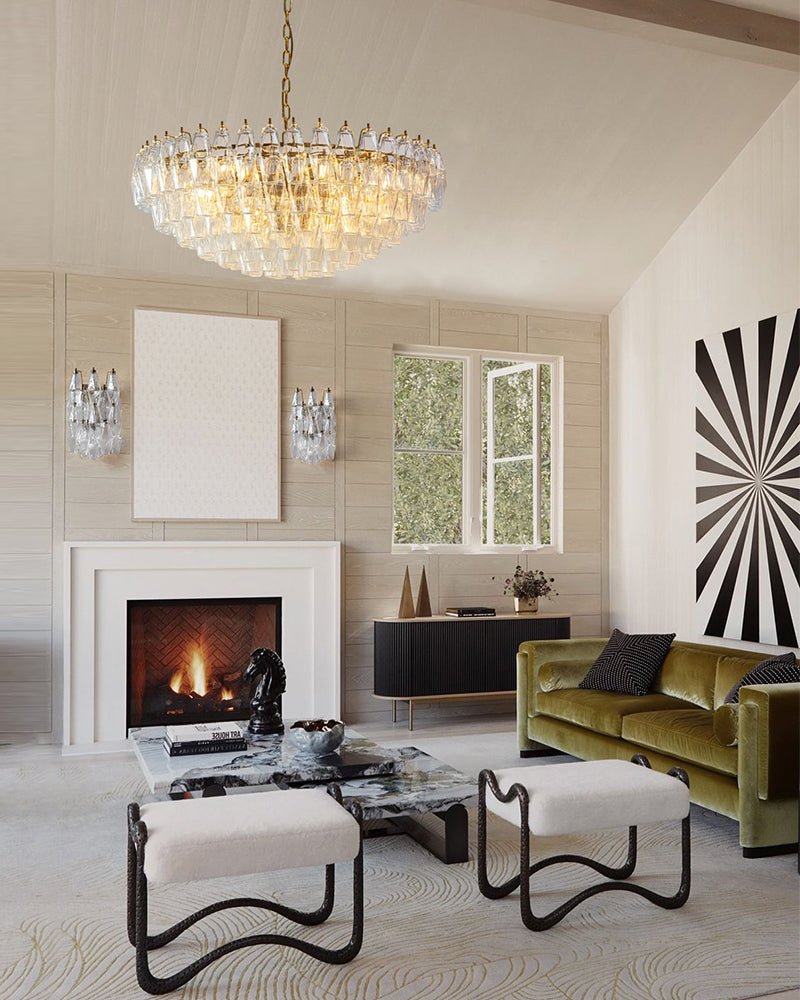
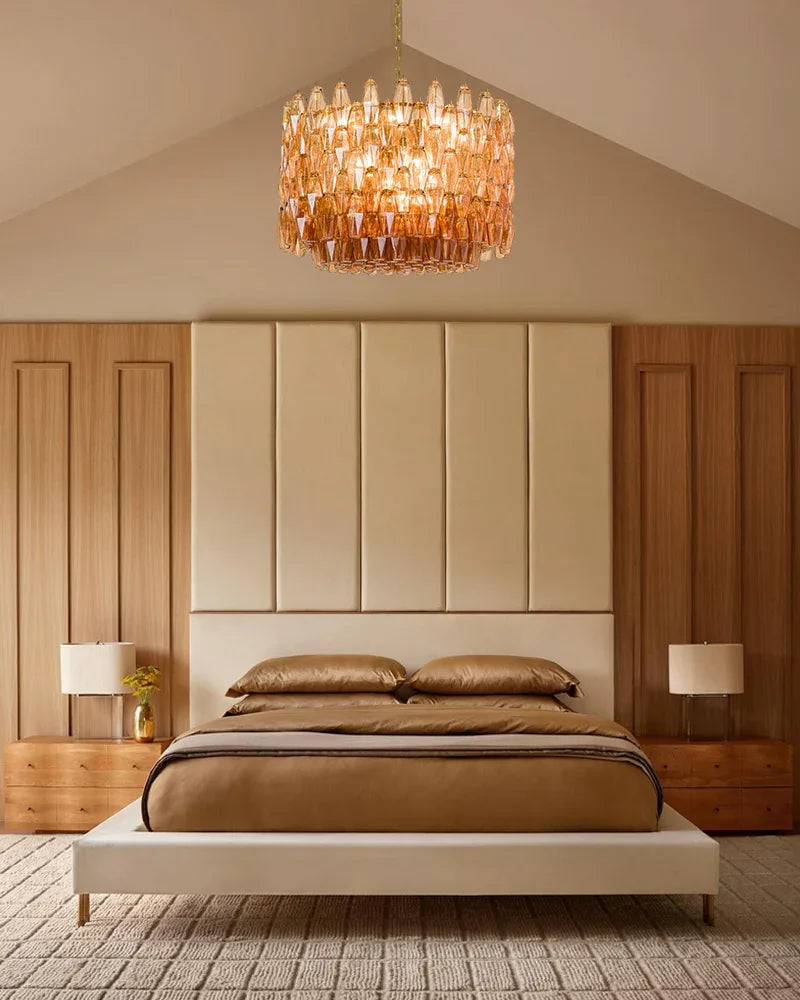
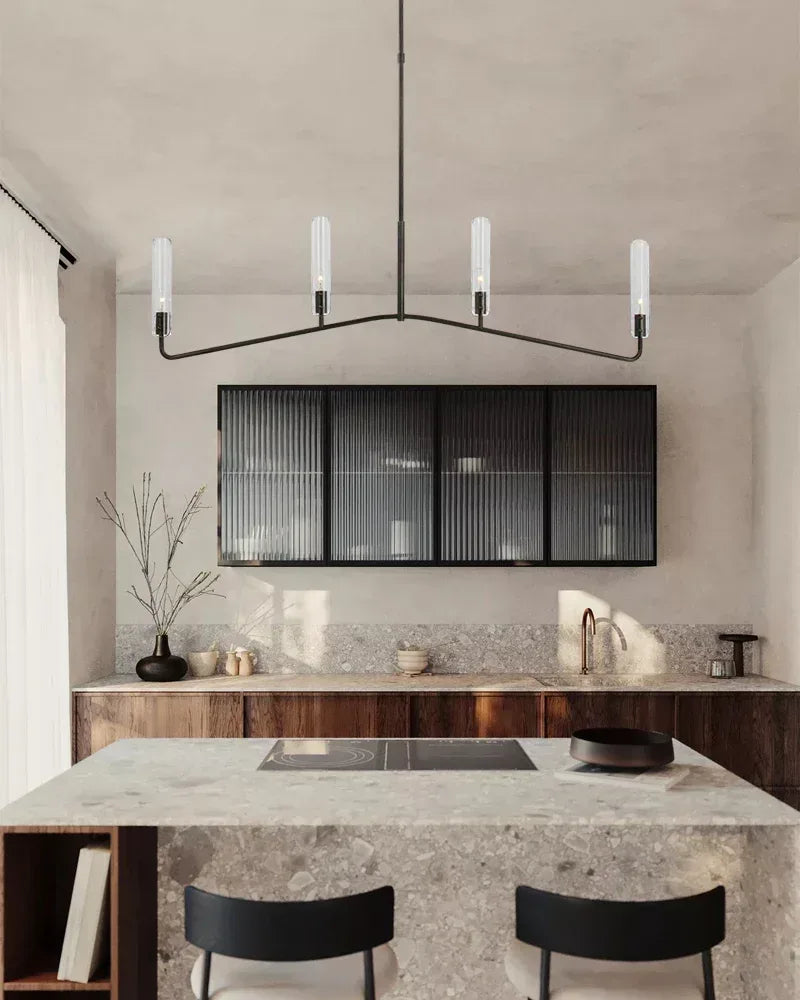
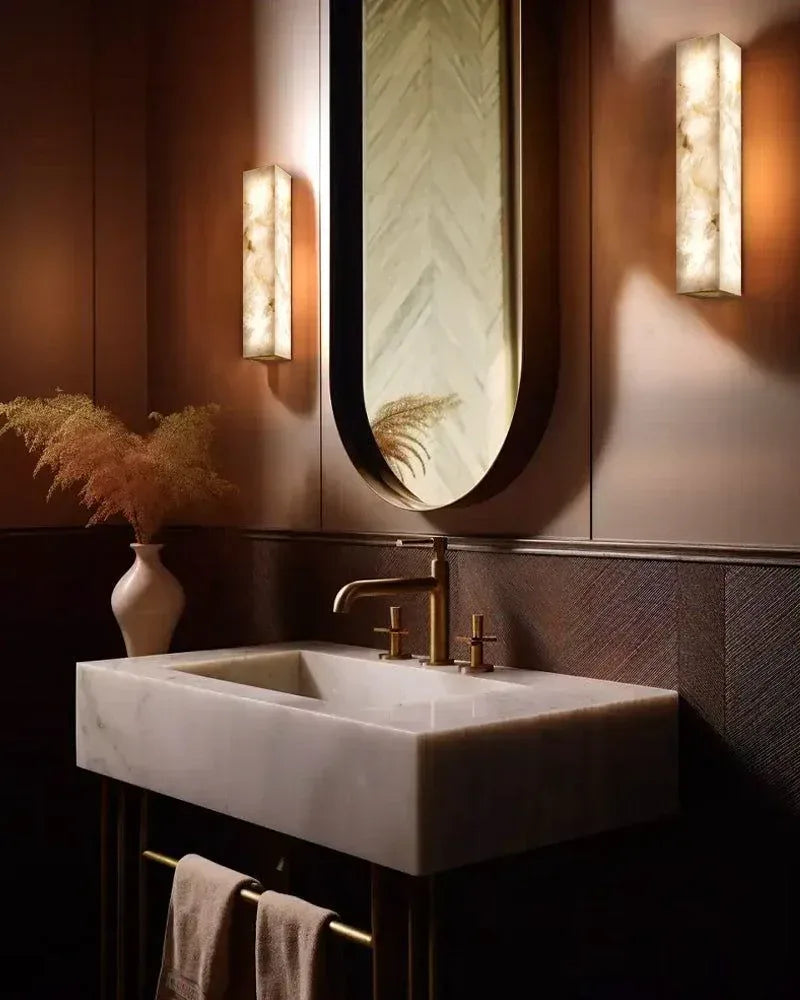
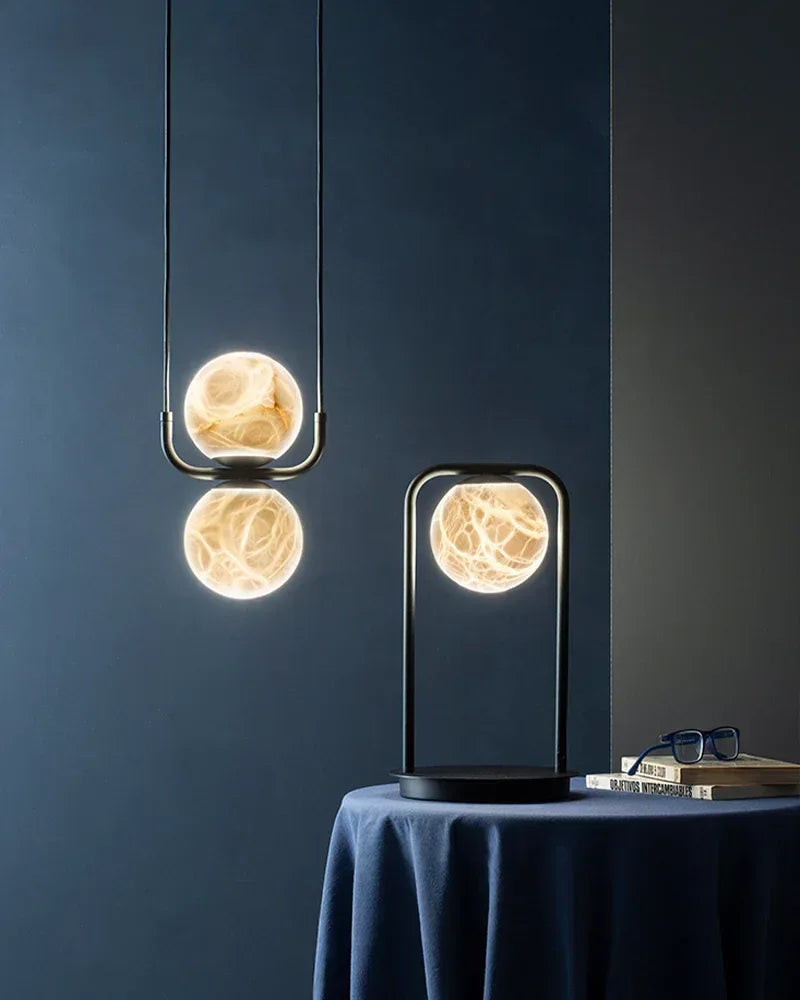
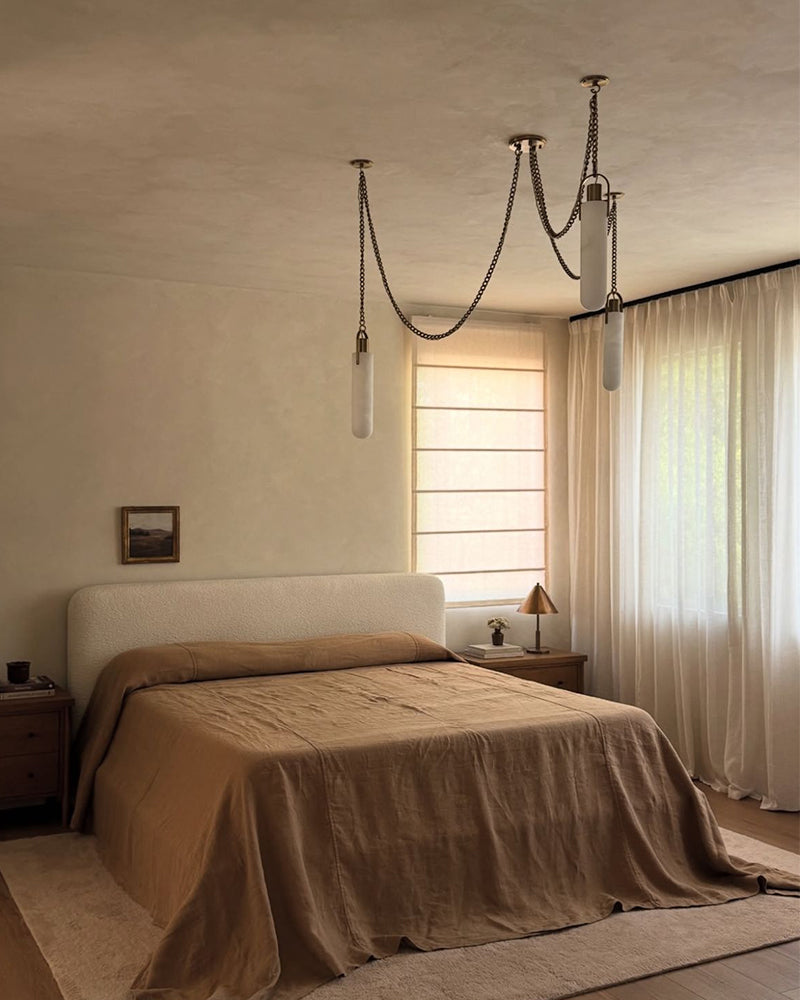
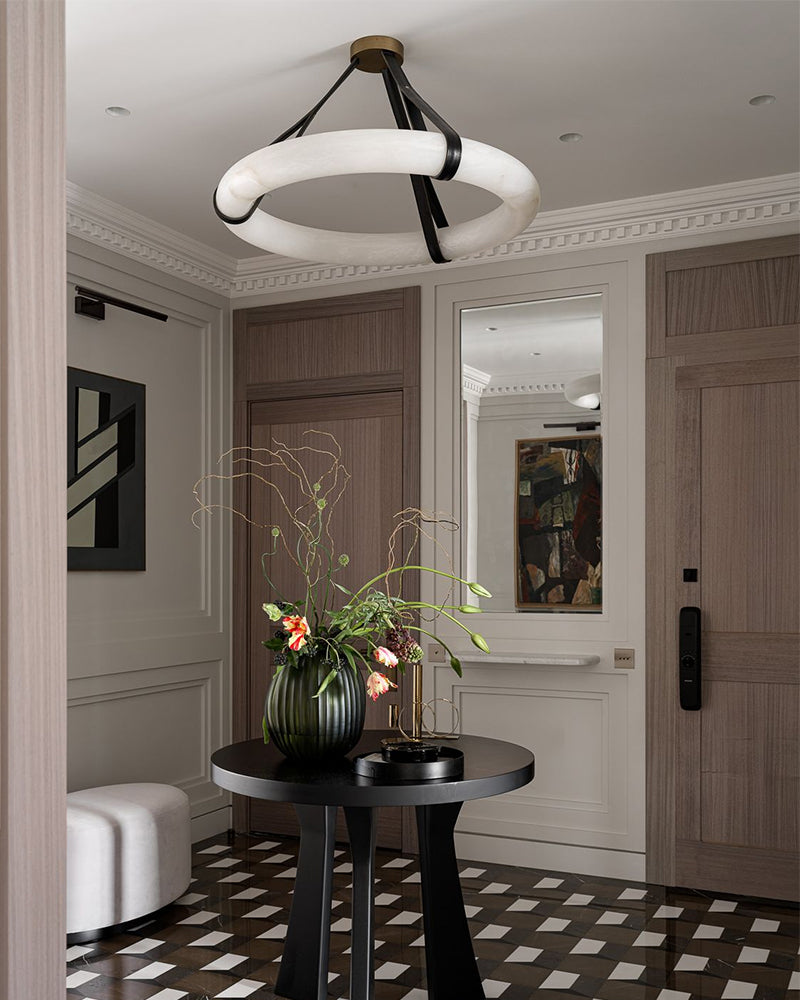
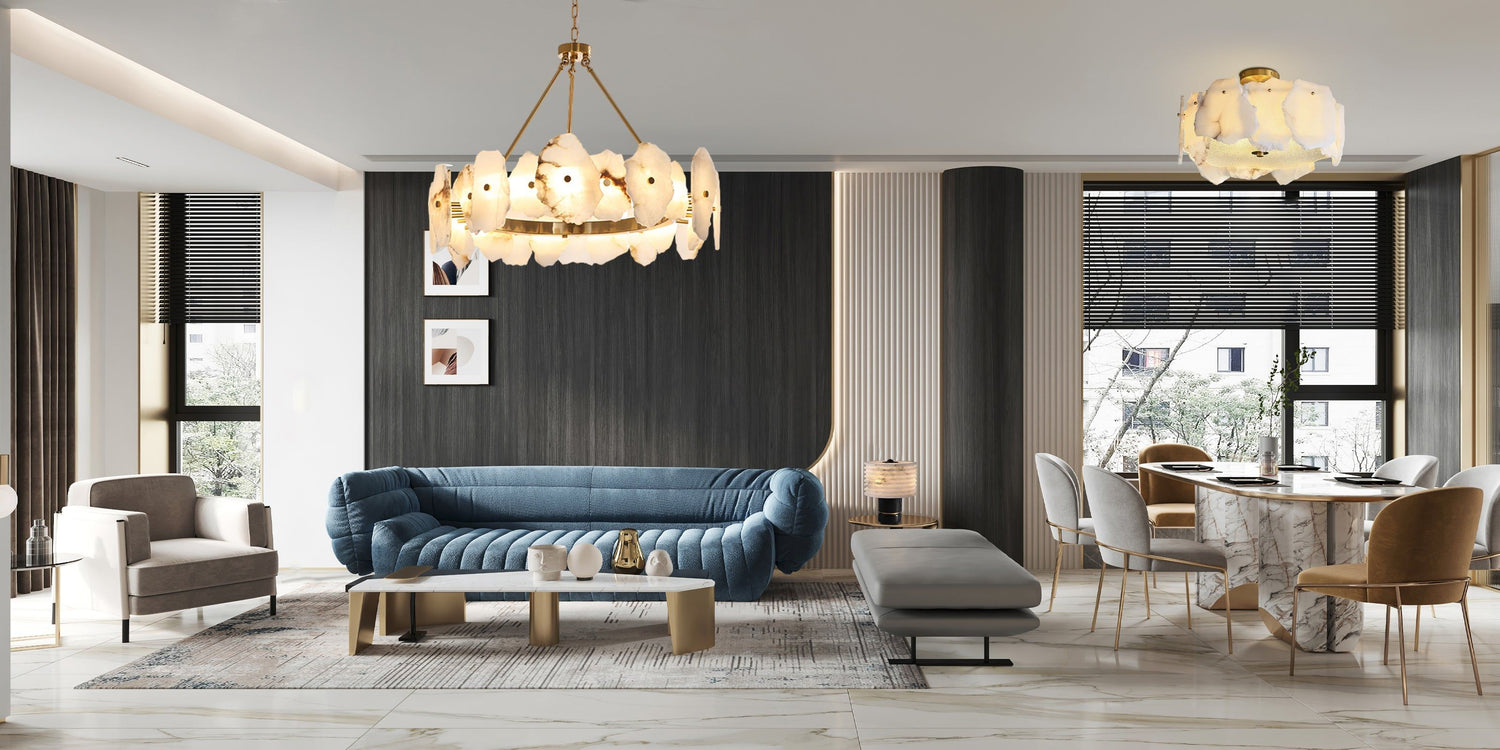
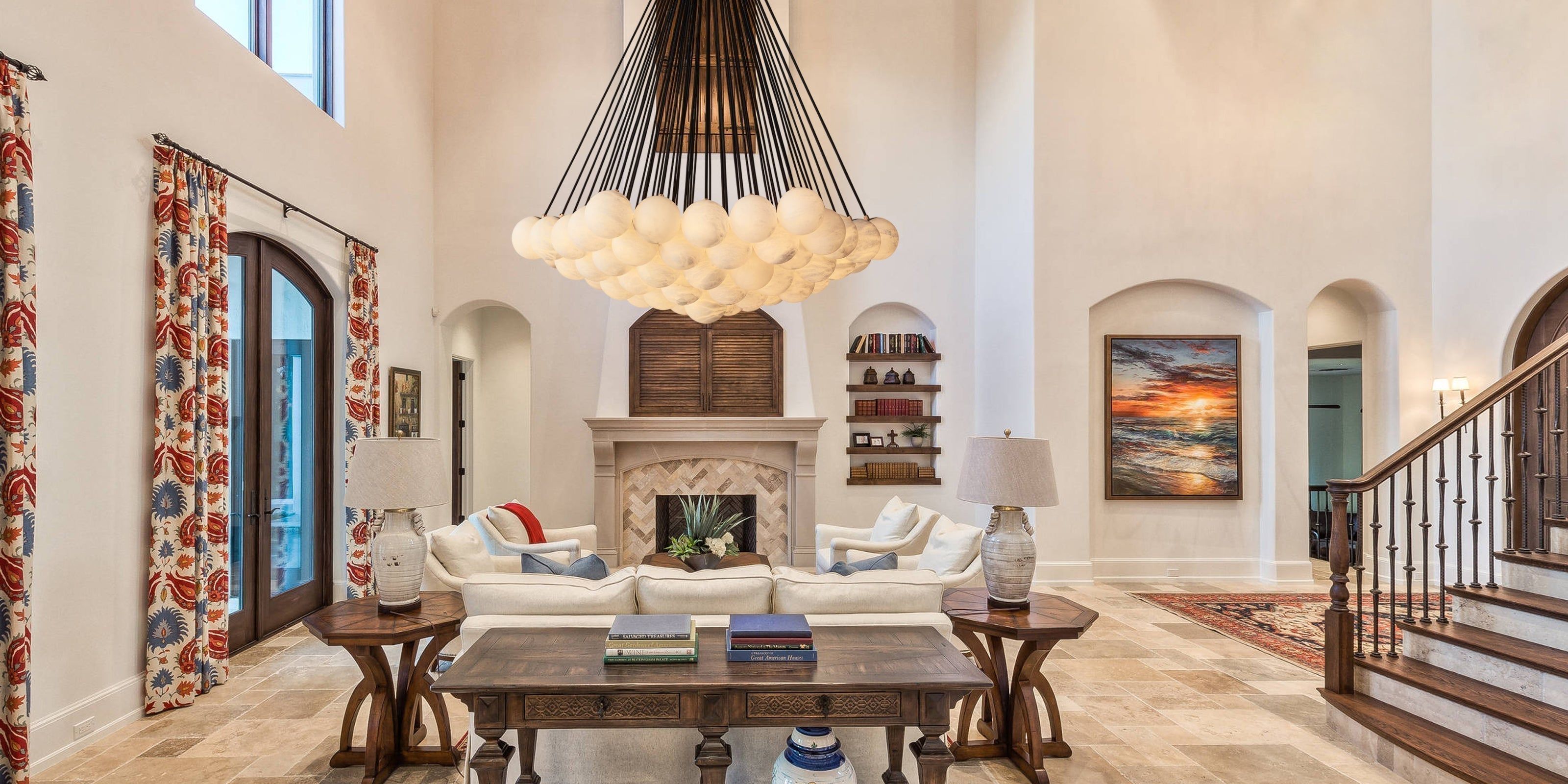
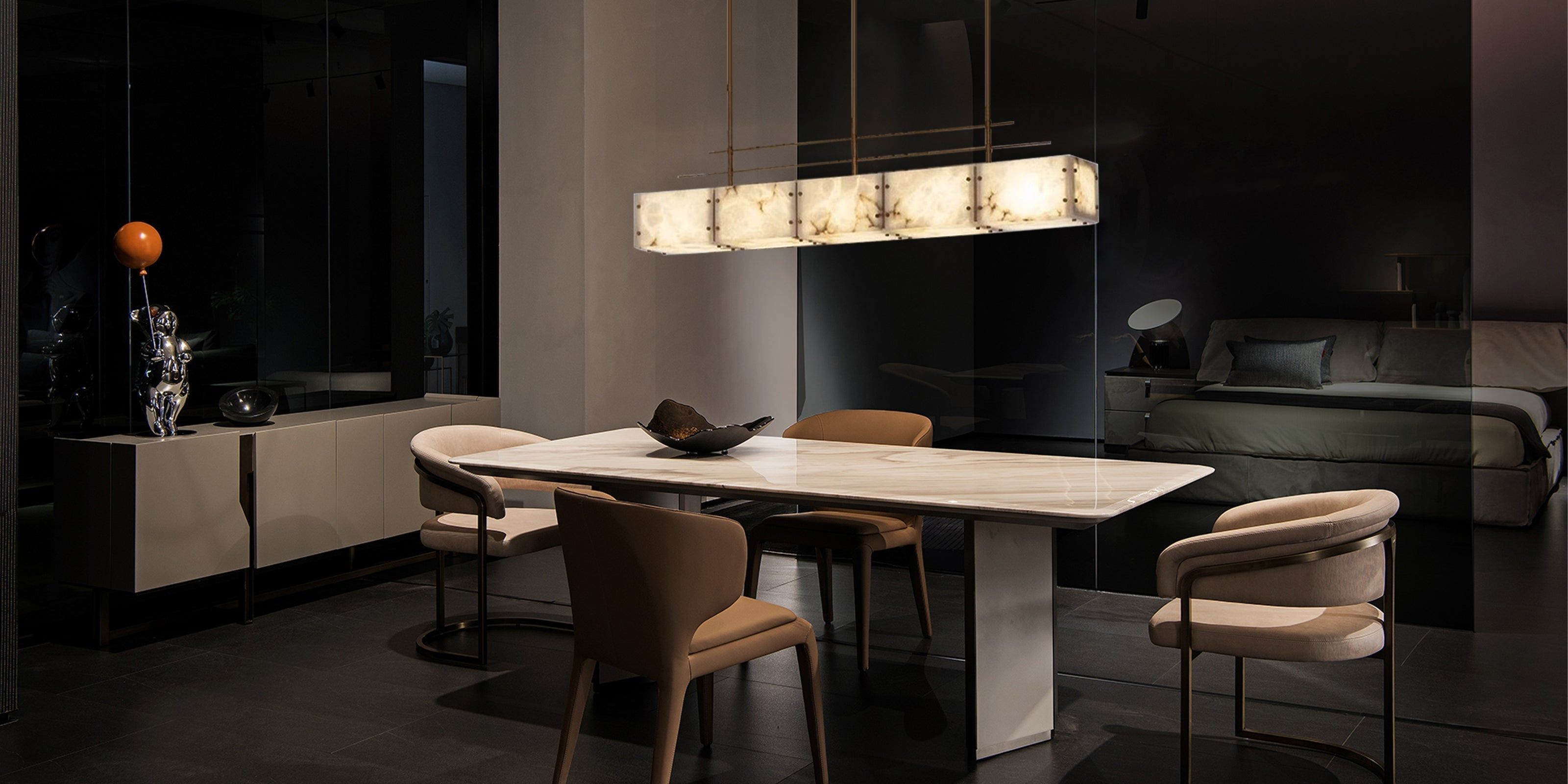
Leave a comment
This site is protected by hCaptcha and the hCaptcha Privacy Policy and Terms of Service apply.